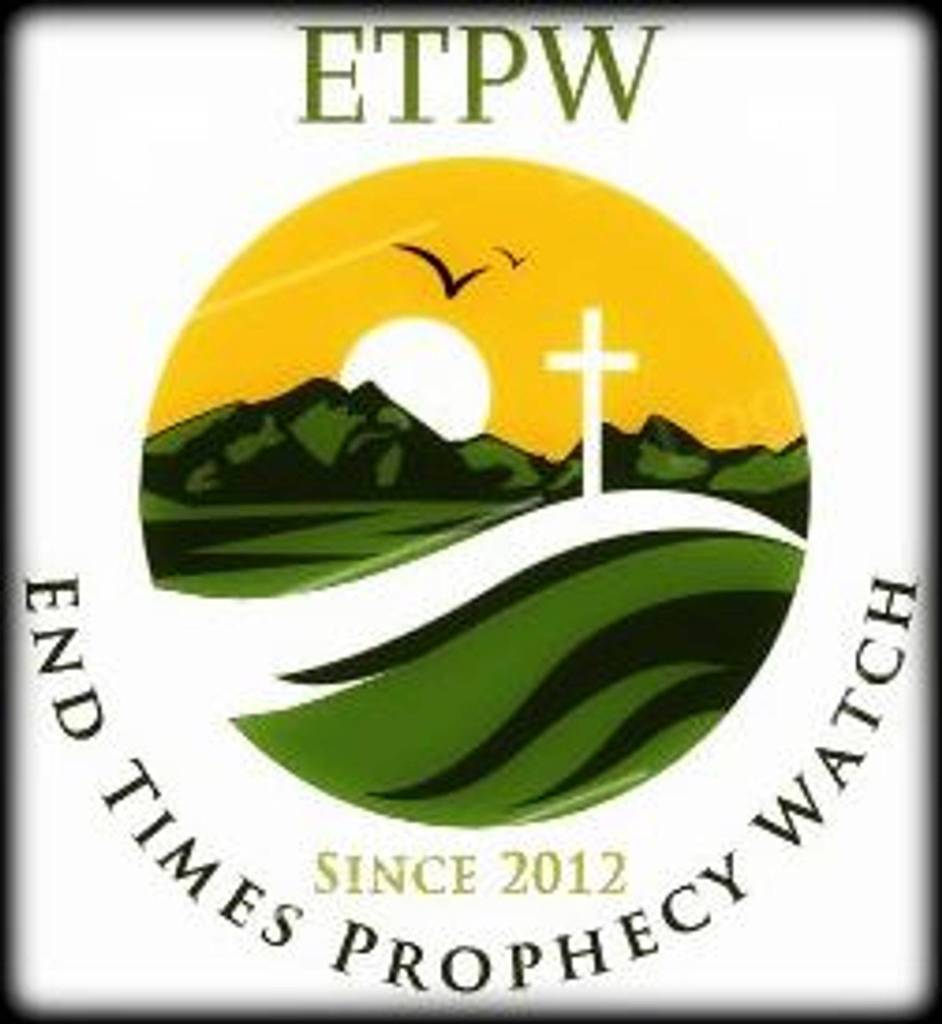As fearsome as Category 5 hurricanes can be for people living in harm’s way, a new study reports global warming is supercharging some of the most intense cyclones with winds high enough to merit a hypothetical Category 6.
The world’s most intense hurricanes are growing even more intense, fueled by rising temperatures in the ocean and atmosphere, according to the study published Monday in the Proceedings of the National Academy of Sciences. And, the authors say, a Category 5 on the traditional wind scale underestimates their dangers.
“As a cautious scientist, you never want to cry wolf,” said Michael Wehner, co-author and climate scientist at the Lawrence Berkeley National Laboratory. But after searching for the signature of climate change in the world’s most intense cyclones, Wehner said he and co-author Jim Kossin found “the wolf is here.”
“Significantly increasing” temperatures, fueled by greenhouse gas emissions, up the energy available to the most intense tropical cyclones, reported Wehner and Kossin, a retired federal scientist and science advisor at the nonprofit First Street Foundation.
More cyclones are making the most of it, gaining higher wind speeds and more intensity, the authors said, and their evidence shows that will occur even more often as the world grows warmer.
They used a hypothetical Category 6, with a minimum threshold of 192 mph, to study hurricanes that have occurred in the modern satellite era, since around 1980. They found five hurricanes and typhoons that would have met the criteria and all five occurred within the last decade.
To be clear, they aren’t proposing adding that category to the National Hurricane Center’s wind scale, which experts say would require a lengthy process and many partners. But they are hoping to “inform broader discussions about how to better communicate risk in a warming world,” Kossin told USA TODAY.
Their findings emphasize that the dangers associated with a Category 5 cyclone are increasing as storms intensify above the Cat 5’s 157-mph threshold and that results in an underestimation of risk, he said.
They found the chances of that potential intensity occurring in such storms have more than doubled since 1979. They say the areas where the growing risks of these storms are of greatest concern are the Gulf of Mexico, the Philippines, parts of Southeast Asia and Australia.
Their peer-reviewed, scientific research provides the evidence pointing to climate change that some scientists have been waiting for.
For more than 35 years, the scientific community has expected to see thermodynamic wind speeds increase in hurricanes, said Kerry Emanuel, the climate scientist who edited the paper for the journal. “And now we are seeing this increase in both climate analyses and models..”
What is the Saffir-Simpson Hurricane Wind Scale?
The hurricane center has used the well-known scale – with wind speed ranges for each of five categories – since the 1970s. The minimum threshold for Category 5 winds is 157 mph.
Designed by engineer Herbert Saffir and adapted by former center director Robert Simpson, the scale stops at Category 5 since winds that high would “cause rupturing damages that are serious no matter how well it’s engineered,” Simpson said during a 1999 interview.

The open-ended Category 5 describes anything from “a nominal Category 5 to infinity,” Kossin said. “That’s becoming more and more inadequate with time because climate change is creating more and more of these unprecedented intensities.”
A Category 6?
Scientists, including Kossin, have occasionally brought up adding another category to the scale for more than 20 years.
Climate scientist Michael Mann, director of the Penn Center for Science, Sustainability & the Media at the University of Pennsylvania, has argued for years that the Earth is “experiencing a new class of monster storms – ‘Category 6’ – hurricanes,” thanks to the effects of human-caused warming.
Mann wrote a commentary to the Wehner and Kossin study, published in the same journal Monday, saying their work lays out an objective case for expanding the scale to include the “climate change-fueled stronger and more destructive storms.”
“We are witnessing hurricanes that – by any logical extension of the existing Saffir-Simpson scale – deserve to be placed in a whole separate, more destructive category from the traditionally defined (category 5) ‘strongest’ storms,” Mann wrote.
The research adds to a growing discussion about how the center, emergency managers and others could better convey the full range of hazards from a major hurricane.






Leave a Reply